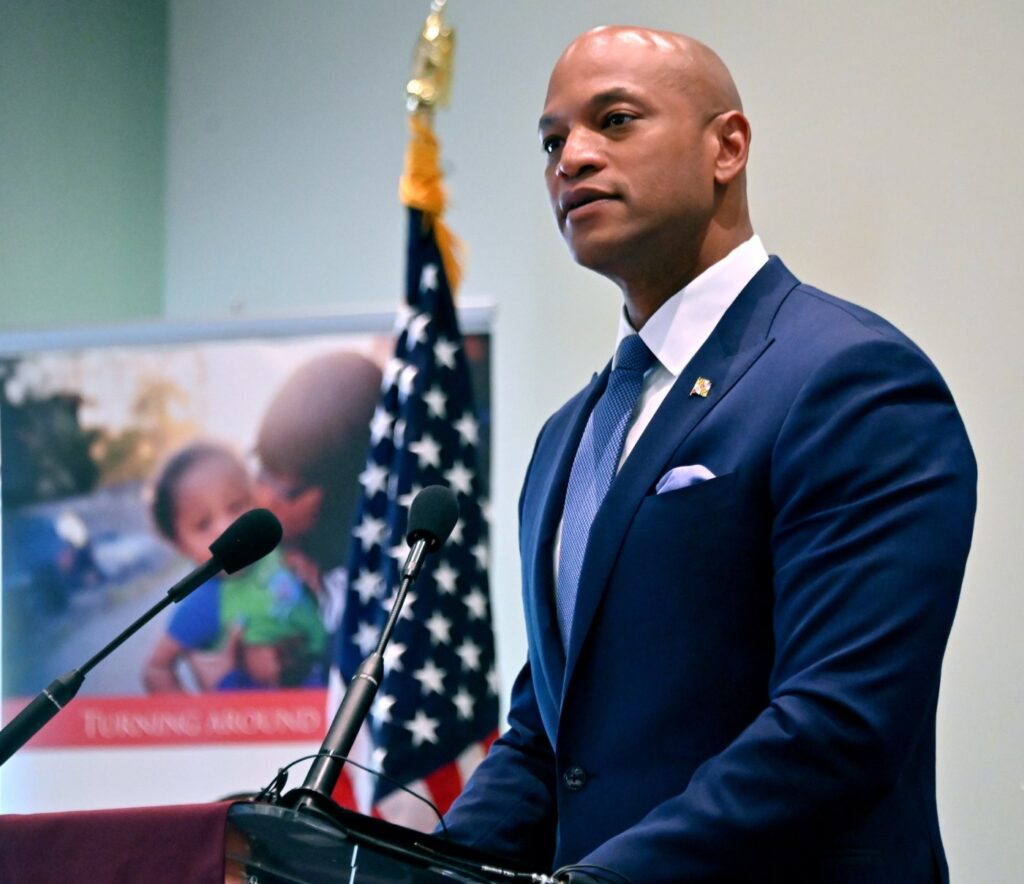A growing conflict between Governor Wes Moore and the Maryland General Assembly is sparking debate over the best methods to generate energy and reduce utility bills for state residents. In mid-June, Moore criticized a comprehensive package of energy bills sponsored by legislative leaders, stating, “It didn’t go far enough.”
Last week, State Senate President Bill Ferguson, who co-sponsored one of the bills with House Speaker Adrienne A. Jones, both Democrats, defended the legislative efforts. Ferguson described the energy initiatives taken up in 2025 as
“some of the more important work that we’ve done in the last 20 years”
in terms of incentivizing additional energy generation in the state.
Governor Moore’s Vision vs. Legislative Action
Governor Moore has been vocal about his preference for the ENERGIZE Act, which failed to pass this year. He believes it could have significantly boosted energy generation in Maryland. “We introduced legislation this year that would have allowed more nuclear into the state, that would have allowed nuclear to be seen as a clean energy source — which it is — and so, I’m proud of the work we did in partnership with the legislature, but I want to be crystal clear: It did not go far enough, and we need to be able to do more,” Moore stated.
However, Mike Tidwell, director of the Chesapeake Climate Action Network, expressed concerns about the potential costs and delays associated with Moore’s proposals. Tidwell noted that while the ENERGIZE Act was a “good faith effort” to increase generation, nuclear energy remains costly and slow to implement compared to alternatives like solar, wind, and battery storage.
Legislative Efforts and Republican Support for Nuclear
The General Assembly’s energy package aimed to lower utility bills and enhance Maryland’s energy independence. Despite Moore’s criticism, Ferguson highlighted efforts to include measures from the governor’s bill to expedite nuclear energy expansion. However, he emphasized that the increased costs to ratepayers under Moore’s proposal were “not tenable.”
The debate over energy policy has also seen Republicans advocating for nuclear energy as a solution. Senate Minority Whip Justin Ready, a Carroll County Republican, stated, “I think nuclear is the future, largely, of widescale energy production — not just in Maryland, but in the United States.” Ready acknowledged the lengthy permitting process for nuclear but criticized the prolonged focus on wind generation, arguing that earlier attention to nuclear could have strengthened the state’s energy infrastructure.
Future Prospects and Legislative Developments
This session, the General Assembly leadership introduced a package of energy bills, including the Next Generation Energy Act. This legislation requires the Maryland Public Service Commission (MPSC) to solicit proposals for new energy generation sources to meet peak summer energy needs. The Act aims to phase out coal and oil while ensuring sufficient power generation.
The Next Generation Energy Act also provides up to $200 million in utility bill rebate payments based on residential electrical usage during peak summer and winter months. The MPSC announced that the first round of payments will be issued in either August or September, with a second round expected in January or February 2026.
Implications and Looking Ahead
The energy policy clash between Governor Moore and the Maryland legislature highlights the complexities and challenges of transitioning to cleaner energy sources while balancing economic and environmental concerns. As the state grapples with these issues, the ongoing debate is likely to shape Maryland’s energy landscape for years to come.
For now, the focus remains on implementing the current legislative package and exploring future opportunities to enhance energy generation and sustainability in Maryland.
